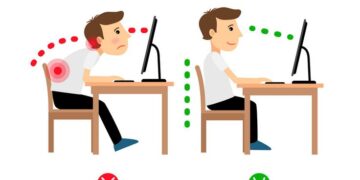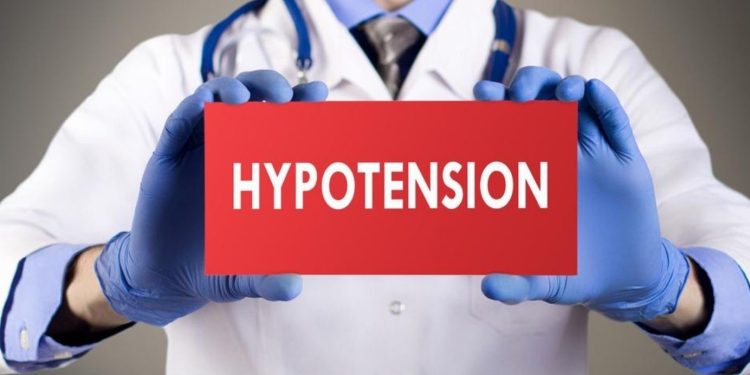In the vast ocean of human health, we often hear about the dangers of high blood pressure, but what about the lesser-known counterpart – hypotension? Hypotension, or low blood pressure, may not be as commonly discussed, but its impact on overall well-being is just as significant. In this article, we delve into the depths of hypotension, exploring its causes, symptoms, and strategies for maintaining optimal health.
What is Hypotension?
Blood pressure is a crucial aspect of cardiovascular health, representing the force of blood against the walls of the arteries. Hypotension occurs when this force is lower than the normal range, potentially leading to inadequate blood flow to vital organs. While a specific numerical value defining low blood pressure may vary, a reading below 90/60 mmHg is generally considered hypotensive.
Causes of Hypotension:
- Dehydration: Insufficient fluid intake can lead to a decrease in blood volume, causing a drop in blood pressure. Staying adequately hydrated is essential for maintaining cardiovascular health.
- Heart Problems: Conditions such as extremely low heart rate (bradycardia), heart valve problems, or a heart attack can result in hypotension.
- Endocrine Issues: Disorders such as adrenal insufficiency (Addison’s disease) and low blood sugar (hypoglycemia) can contribute to low blood pressure.
- Severe Infection (Septicemia): When an infection in the body enters the bloodstream, it can lead to a life-threatening drop in blood pressure.
- Blood Loss: Losing a significant amount of blood due to injury or internal bleeding can rapidly reduce blood pressure.
Symptoms of Hypotension:
Recognizing the signs of hypotension is crucial for timely intervention. Common symptoms include:
- Dizziness or lightheadedness
- Fainting
- Blurred or narrowing vision
- Nausea
- Fatigue
- Lack of concentration
- Cold, clammy skin
- Rapid, shallow breathing
Managing Hypotension:
- Stay Hydrated: Adequate fluid intake is key to maintaining blood volume and preventing dehydration-related hypotension.
- Gradual Changes in Position: Avoid sudden changes in posture, especially when transitioning from lying down to standing up. This helps minimize the risk of dizziness and fainting.
- Salt Intake: In some cases, increasing salt intake may help raise blood pressure. However, this should be done under the guidance of a healthcare professional.
- Compression Stockings: These can help reduce the pooling of blood in the legs and minimize symptoms, especially in individuals prone to orthostatic hypotension.
- Medications: In severe cases, healthcare providers may prescribe medications to raise blood pressure.
Conclusion:
While hypotension may not be as widely discussed as its counterpart, it is a condition that warrants attention and understanding. By recognizing the causes, symptoms, and implementing lifestyle adjustments, individuals can navigate the waters of low blood pressure and strive for optimal cardiovascular health. If you experience persistent symptoms or have concerns about your blood pressure, consult with a healthcare professional for personalized guidance and care. Remember, a well-informed approach to health is the compass that guides us toward a balanced and thriving life.






























